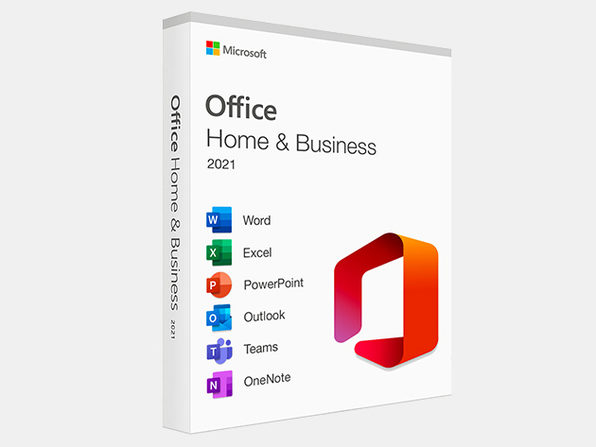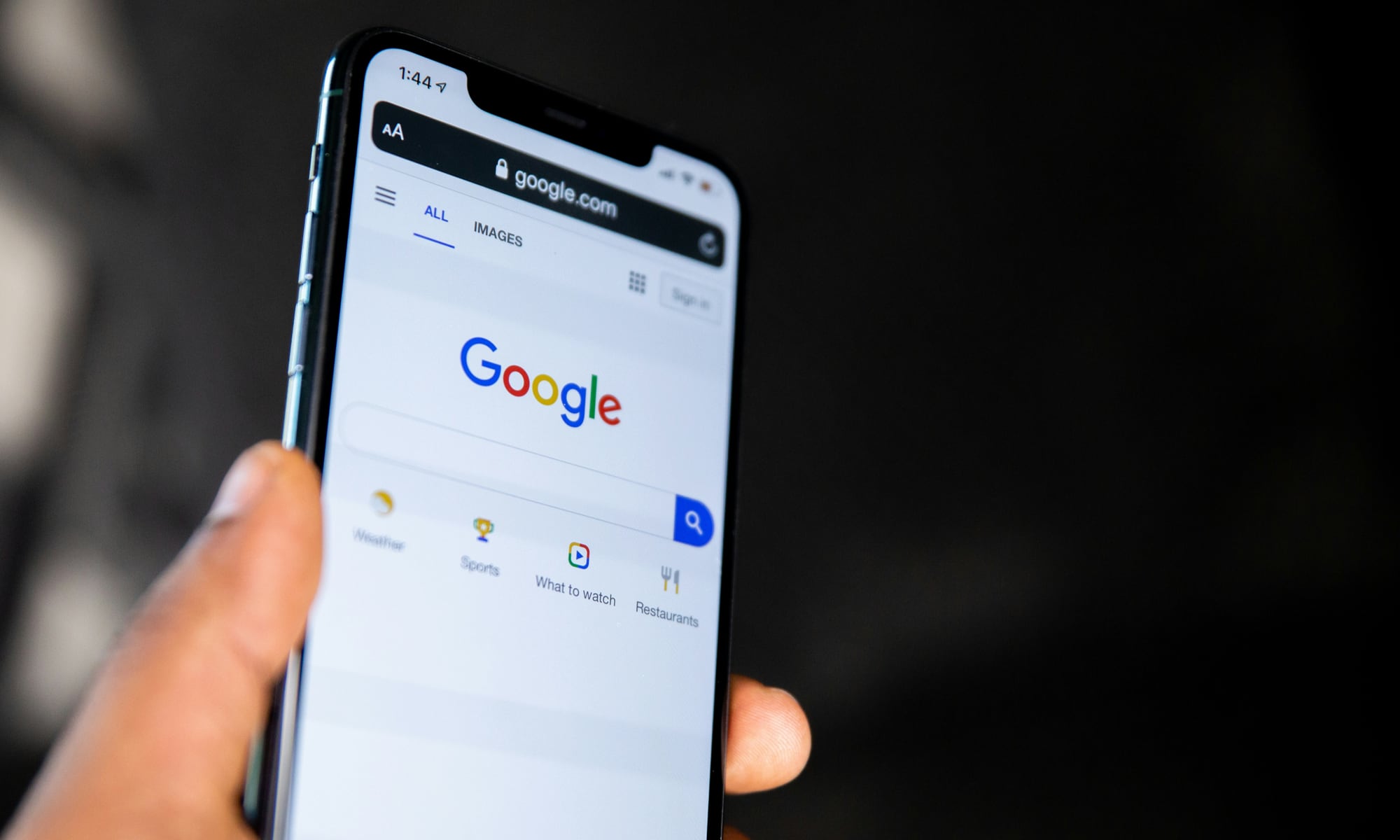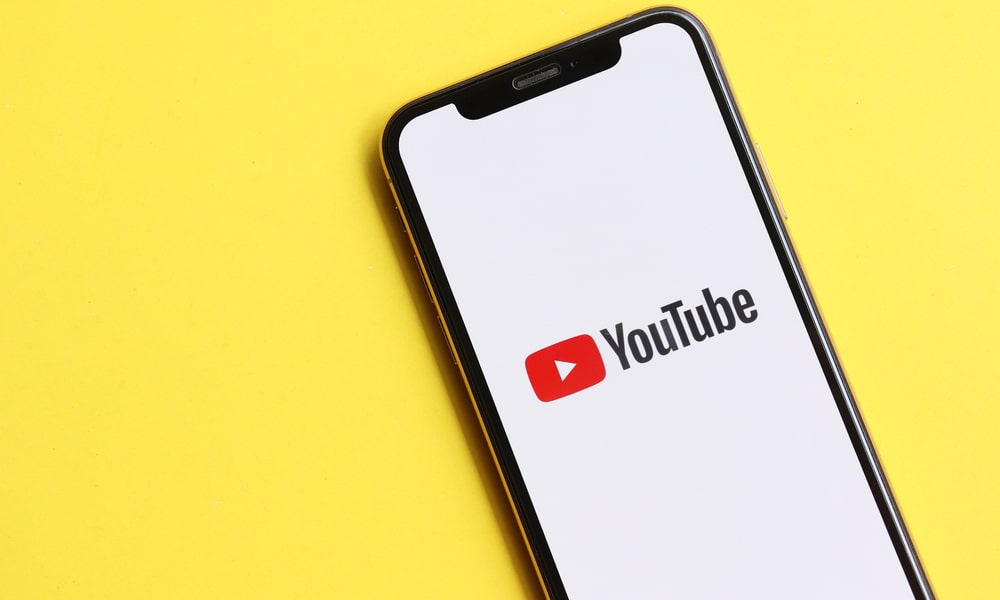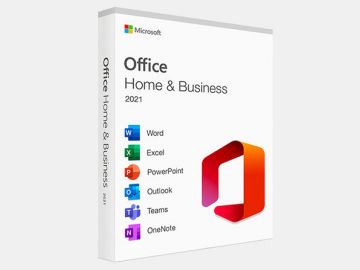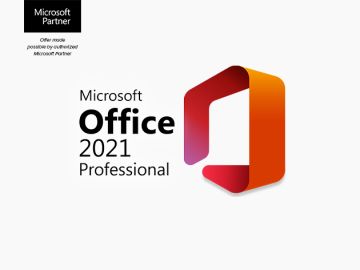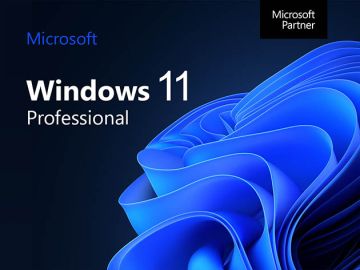Google, YouTube, or AI: What’s the Smartest Way to Find Answers Online?
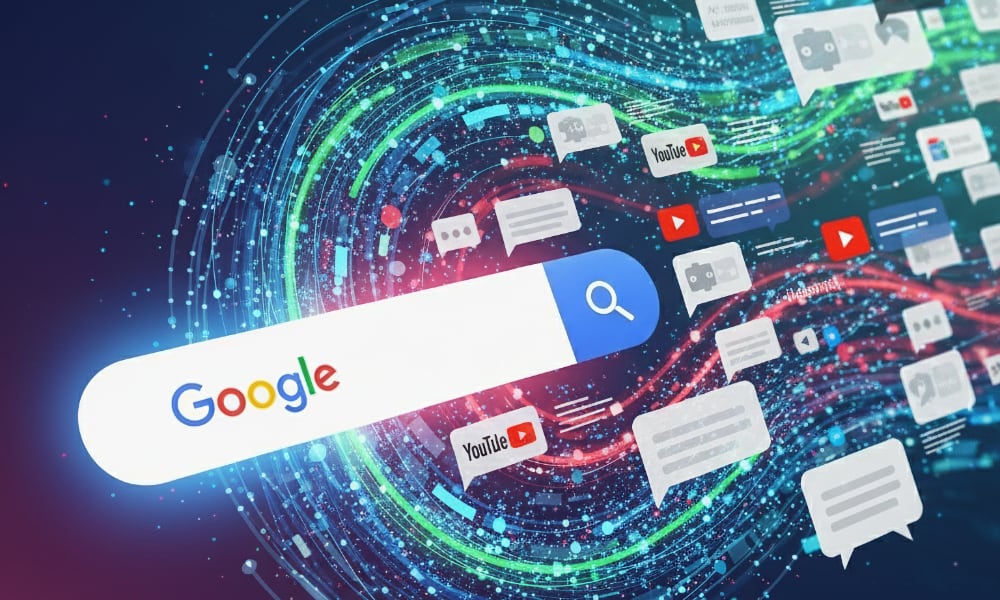
Toggle Dark Mode
Sooner or later, we all have questions that need answers. Perhaps you want to learn how to cook a new recipe, or you’ve completely forgotten what the capital of Hungary is (it’s Budapest, by the way).
The point is that all of us have questions, and we want the best, quickest, and smartest answer possible. Before, Google was our go-to place to learn anything. However, with YouTube and AI tools, you now have numerous platforms to choose from, making it unclear which one is the best.
Each platform has advantages and disadvantages. With some, you might get quick answers, while others are better for checking sources or walking through complicated steps.
So with so many options, which one should you use? Let’s break it down.
Google (and Other Search Engines): Best for Reliable and Deep Dive Answers
Let’s start with the quintessential way to look for answers online: search engines. You have many options, but Google will likely be your first choice.
Search engines are still one of the smartest tools to use — especially if you want control over what you read and the ability to double-check the answers you get.
Search engines let you look at multiple sources at once. You’re not just relying on one person’s take — you can compare what different websites or platforms have to say. That’s a big deal when the question is complicated or when accuracy matters.
Search engines are also ideal for research. If you need sources, citations, or a trail of evidence behind the answer, they’re the best place to start. You can dig as deep as you want, scan dates to avoid old info, and visit niche sites most people wouldn’t find otherwise.
If you’re willing to spend a few minutes scanning and comparing results, you’ll almost always come away with a stronger answer.
AI: Best for Fast, Personalized Answers
AI tools like ChatGPT, Perplexity, Claude, and Gemini have become one of the fastest ways to get answers online. Just type a question and you’ll get a response in seconds. Regardless of the topic, AI tools will explain it as simply or as complicated as you need.
AI tools work best when you don’t feel like clicking through five different tabs or sifting through outdated blogs. It’s also great when you’re trying to understand something complicated in plain English, or you need a custom explanation tailored to your specific needs.
AI feels more like a conversation. You can ask follow-up questions, request examples, or even ask them to explain something, as if you’re five years old. It’s flexible in a way search engines aren’t.
It’s also helpful for summaries. If a concept is lengthy, AI can break it down into shorter, more digestible parts.
However, there’s a catch. While AI is fast and helpful, it’s not always accurate. These tools generate responses based on training data, patterns, and, in some cases, real-time information. That means there’s a risk that the answer may sound confident even when it’s wrong.
The worst part about AI tools is that they will go out of their way to agree with you. If you challenge an answer — even if you’re wrong — the AI tool will find a way to make it seem like you’re right. It’s a great confidence boost, but it might hinder the results you get.
YouTube: Best for Visual Learning and How-To Guides
If you’re a visual learner trying to learn how to do something, YouTube is often the best tool available. Seeing a process step-by-step is often easier than reading about it.
The best part is that you’re bound to find something useful. After all, YouTube is the world’s second-biggest search engine. There’s a massive library of tutorials, explainers, product reviews, and tech walk-throughs, covering everything from beginner basics to pro-level tricks.
The visual format makes things easier to follow, especially when the steps are hard to explain with text. If you’re a visual learner or just prefer watching something instead of reading, this is usually the best route.
The biggest downside to YouTube is how it recommends videos. YouTube tends to push videos with high view counts, not necessarily the ones with the best info.
So, even if a small creator has created the best tutorial for your exact question, you may never see it unless you know the exact title or dig through the results. Instead, the algorithm favors watch time, which tends to favor bigger creators.
This doesn’t mean popular videos are bad, but it does mean you might miss better options simply because they don’t have the same number of views.
Which One Should You Use?
There’s no single “best” tool for every question. Search engines, AI tools, and YouTube all have their own strengths depending on what kind of answer you’re looking for.
The smartest way to use the internet is to mix and match. Start with AI for speed, check search engines for confirmation, and turn to YouTube when you need to watch something happen in real-time.
If you’re troubleshooting a very specific issue, you might ask AI for a basic summary, then Google for a support thread, and finish by watching a YouTube video that shows the exact fix.
The trick is knowing when to switch tools, and not assuming that one answer is always right.
Get the Right Answers
Finding answers online is easier than ever, but only if you know where to look. With search engines, AI tools, and YouTube all offering distinct strengths, the real power lies in knowing when and how to utilize them in combination.
AI gives you fast, customized responses. Search engines enable you to verify and explore further. YouTube helps you see it in action. None is perfect on its own, but when used correctly, they make you smarter, faster, and more in control.

